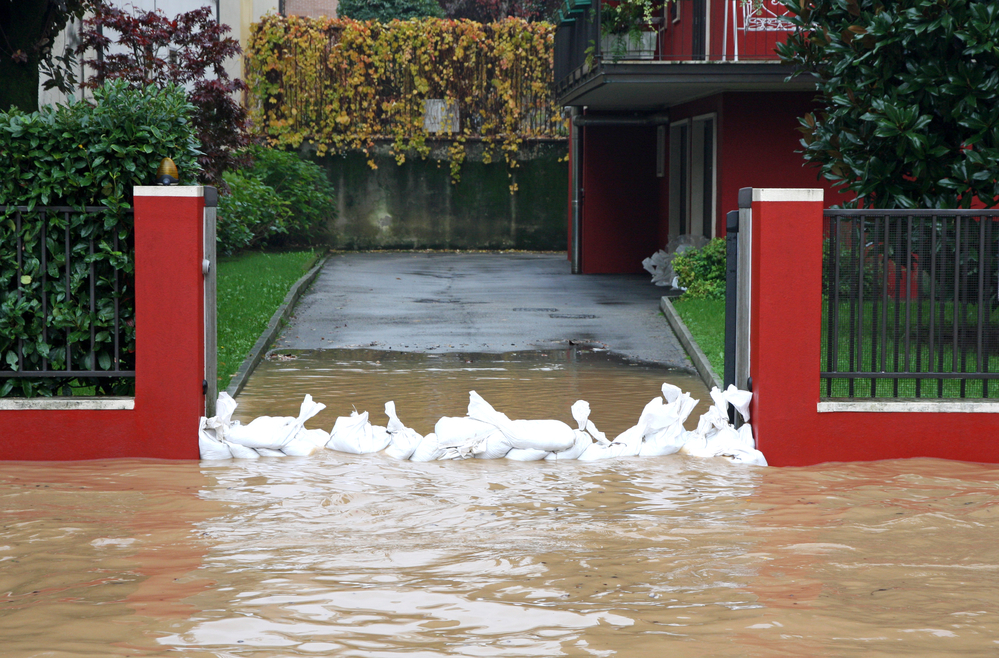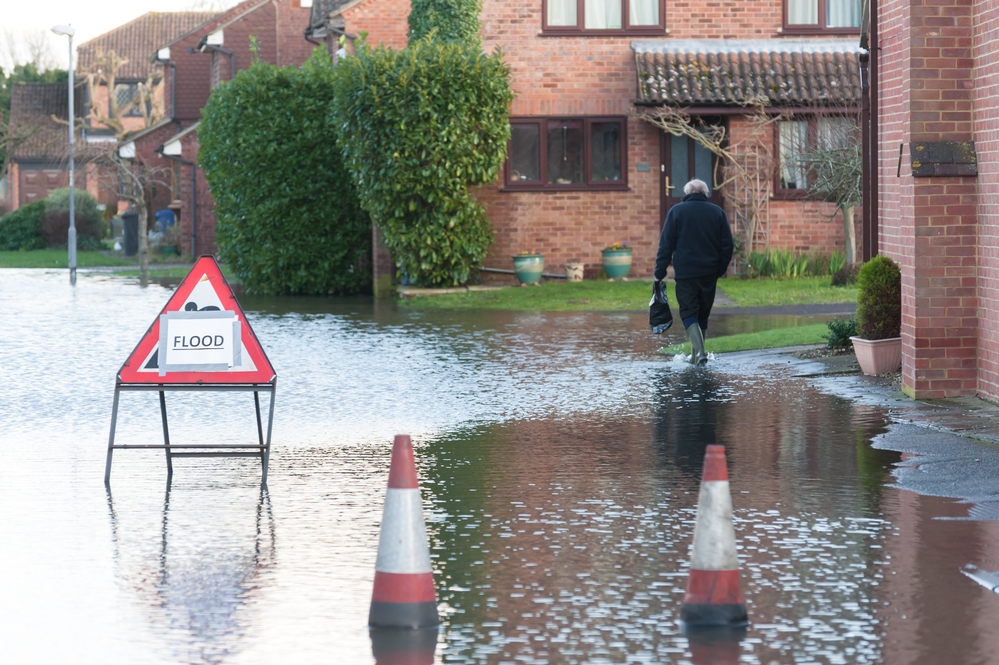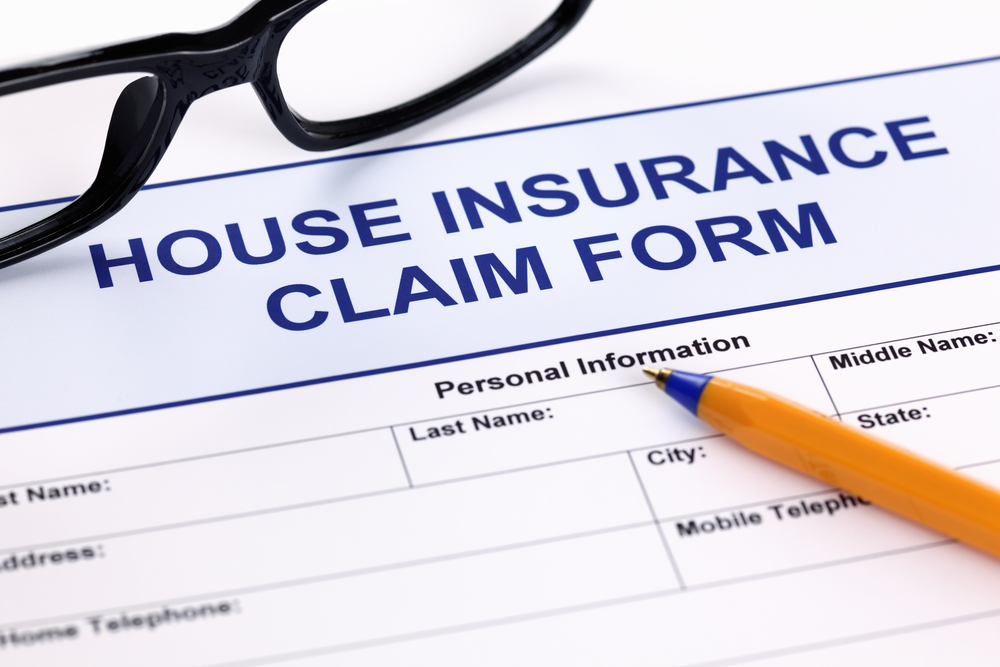How to Prepare Your Holiday Home for Flooding
Flooding is a major risk for everyone. Millions of properties are at risk from both rivers and surface water flooding which can have a devastating impact.
Monitoring UK weather warnings and being prepared can help you to limit damage to your property. Here are some tips on what to do during a flood and the steps to take if your holiday home is flooded.
Keep up to date with the latest flood warnings

There are several ways you can check to see if your local area is at risk of flooding by visiting the websites below:
- Check The Met Office for UK weather warnings. You can also keep updated on any regional news and weather warnings by following The Met Office on twitter @metoffice.
- Check flood warnings for England and sign up to get warnings by phone, email or text message if your home or business is at risk of flooding.
- You can also call the Floodline 24-hour service: 0345 988 1188 or 0845 988 1188
- SEPA (Scottish Environment Protection Agency) is Scotland’s national flood forecasting, flood warning and strategic flood risk management authority. You can check for live flooding information and sign up to receive flooding messages.
- Sign up to receive flood warnings in Wales by phone, email or text message.
If flooding is imminent

While it’s virtually impossible to completely flood-proof a property, there are lots of things you can do to limit the damage to your property.
Always put personal safety before property, don’t take any risks and be prepared to act quickly and think about evacuation before it is too late to move. If emergency services tell you to leave, follow their instructions.
- Prepare for flooding by making an action plan so everyone knows what to do if flooding happens.
- Inform your family on what is happening and how they can contact you.
- Prepare a flood kit, with waterproofs, wellies, gloves, buckets, spades, a torch, portable phone charger, essential medicines, spare keys, money, non-perishable food and bottled water.
- Put flood protection equipment in place to reduce the impact of flooding on your property, such as sandbags, plastic sheeting flood sacks, flood barriers and air brick covers. Contact your local council to find out where to get sandbags. You can also get them from some DIY or building suppliers.
- Make sure you have emergency contact numbers for your insurer, local authority and utility companies to hand in a safe waterproof place.
- Move valuable possessions, sentimental and irreplaceable items to safety.
- If you can, move as much furniture as you can upstairs. If you can’t move them, lift them on to blocks or bricks to minimise the damage.
- Move your car away from any area that is expected to flood.
- Take photos/video of your home and belongings – this will help with any insurance claim should there be loss or damage.
- Close doors and windows.
- Turn off the gas, electricity and water but never touch sources of electricity when there is standing floodwater.
- Hang curtains over the rails if they can’t be taken down quickly enough.
- Put plugs into sinks and weigh them down with something heavy – toilets and sinks can sometimes be a source of flooding as water can come into the house this way.
- If there’s time, weigh down any manholes outside the house with something heavy.
- Ensure drains and gutters are clear of debris so rainfall can drain away.
- Secure any things in the garden that could be damaged or float away.
The National Flood Forum supports individuals and communities at risk of flooding. You can find flood protection products and services at their Blue Pages section.
What to do if your home is flooded

- Check if it’s safe to return to your home as there may be structural damage.
- Beware of hidden dangers in floodwater such as sharp objects, or raised manhole covers – try to avoid walking (or driving) through it.
- Check that the electricity supply has been switched off at the mains
-if you aren’t sure the electricity is turned off, get an electrician to do this
-don’t touch sources of electricity while standing in floodwater
-get any electrical appliances that have come into contact with floodwater checked by a qualified electrician before using them again - Floodwater can be contaminated with sewage, so make sure you wear protective clothing when you clean up – such as waterproofs, gloves, wellies and a face mask. Wash your hands thoroughly after.
- Do not try to unblock drains yourself.
- Clear standing water once flood water subsides.
How to claim on your insurance

In the immediate aftermath of a flood, once the water subsides and it is safe to do so, you should;
- Contact your buildings and contents insurer as soon as possible. They will advise on the next steps and may appoint a loss adjuster who will visit your property to assess the damage, confirm what repairs and replacements are needed and what is covered by your policy.
- Standard buildings insurance will often cover the costs of drying out and restoring your home and its fixtures and fittings. It also covers the cost of removing debris, professional fees (legal fees, architects and surveyors) and other charges incurred from flood damage.
- Contents insurance covers the repair or replacement of damaged furniture and possessions. Most policies also cover the cost of alternative accommodation and loss of rental income.
- Arrange emergency repairs if they are necessary to mitigate further damage to the property. Your insurer should understand and reimburse you for the cost, but make sure you keep the receipts for any work you have paid for.
- Don’t throw away any damaged items until your insurer says you can dispose of them, as they may need to inspect them.
- Take photographs and videos of any damage to support your insurance claim. Make a list of the damage to your property and belongings and their value. Your insurer may require receipts, credit card bills or bank account statements that show purchases of damaged items as evidence of ownership, so it’s always wise to store these upstairs.
- Use a permanent marker pen to mark on the wall how high flood water has risen in every room.
- Keep copies of all the correspondence with your insurance company or any third parties, the date, time, the name of who you spoke to and what was agreed.
- Don’t rush to redecorate your home as it can take months for a flood-damaged property to safely decontaminate and dry out.
How to protect your home against a future flood
Whether building a home in a flood risk area or repairing your property after a flood, there are some simple flood resilience measures that can be taken to try and prevent water entering a property, reduce the impact from future flooding and the recovery time.
In addition to using defences such as airbrick covers and flood gates, make changes to the structure e.g. non-return valves to drainage systems to prevent backflow of foul water into the property, water-resistant plaster, flood-resistant building materials on floors and raising electrical wiring above expected flood levels.
Buying a home? Check if it’s at risk of flooding
It is estimated that around 3 million properties are at risk from surface water flooding compared to around 2.6 million at risk from river or coastal flooding. And with climate change, the risk of homes flooding through rising sea levels, rainstorms and overflowing drains is expected to increase.
Even if a property is situated away from a river or the sea, it could still be susceptible to surface water flooding.
Combined with the complexity and cost of trying to get insurance for a home in a flood risk area and the effect this will have on the property value, it is essential that you research any previous flooding incidents or if a home is at risk of flooding before investing in a property.
Flood mapping technology is now readily available online.
Resources to find out if you’re at risk of flooding
- For properties in England visit uk. Check your own flooding risk by putting your postcode into the Government’s long-term flood risk page.
- For properties in Scotland visit SEPA. The maps show you areas which are likely to flood from rivers, the sea and surface water.
Before you purchase a property, it’s wise to obtain any flooding history information from neighbours and get a home insurance quote to avoid any future nasty shocks and insurance problems. Insurers have access to a huge amount of data to assess local flood risks. Check policy details carefully – paying attention to the excess and any flood exclusions. Make sure you have adequate insurance that covers flooding.
Useful advice:
How one woman held back flood water
What happens to a house when flood water drains away?
Q&A: The Government answers your flood insurance questions
Flood advice from the ABI (Association of British Insurers)
